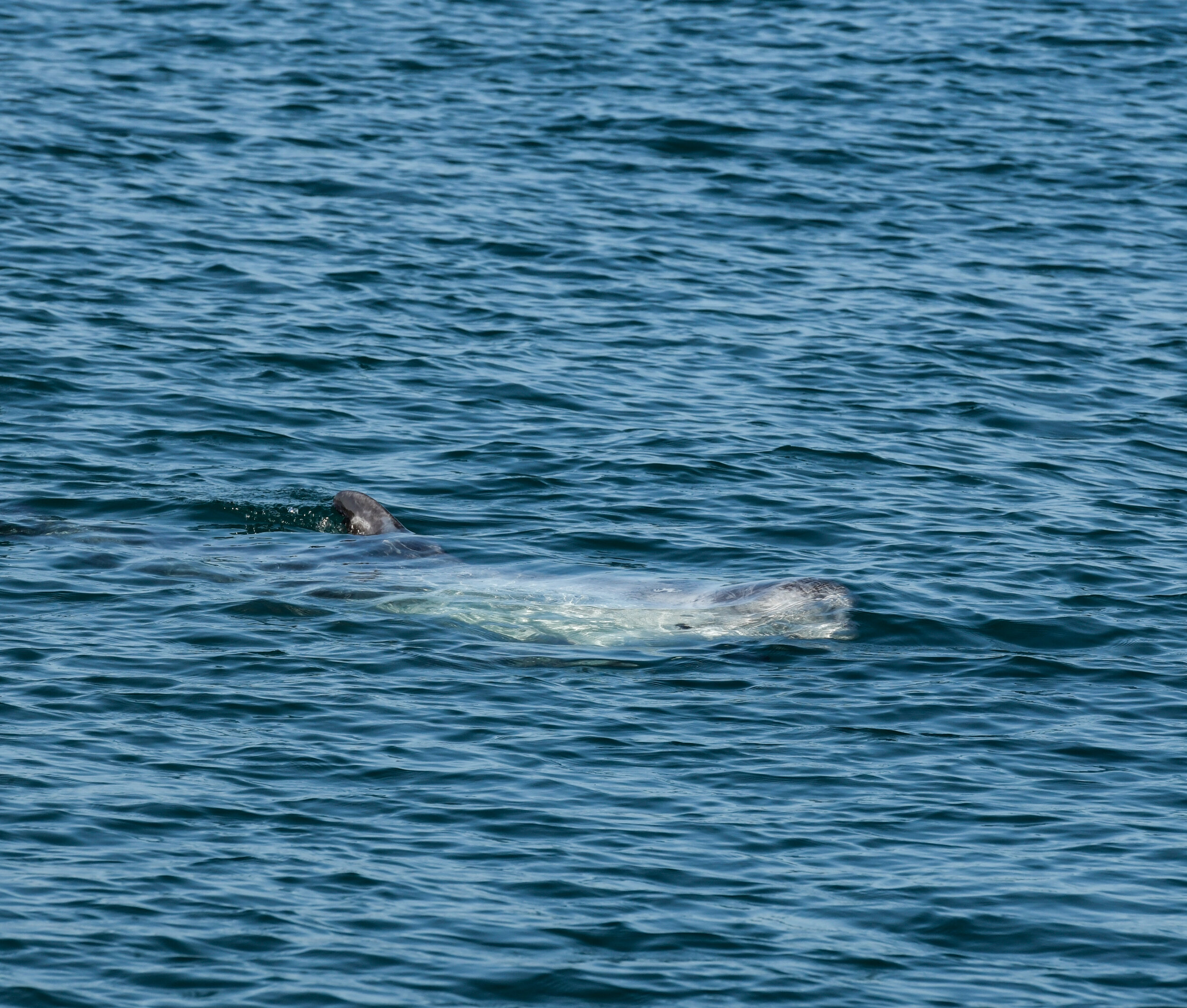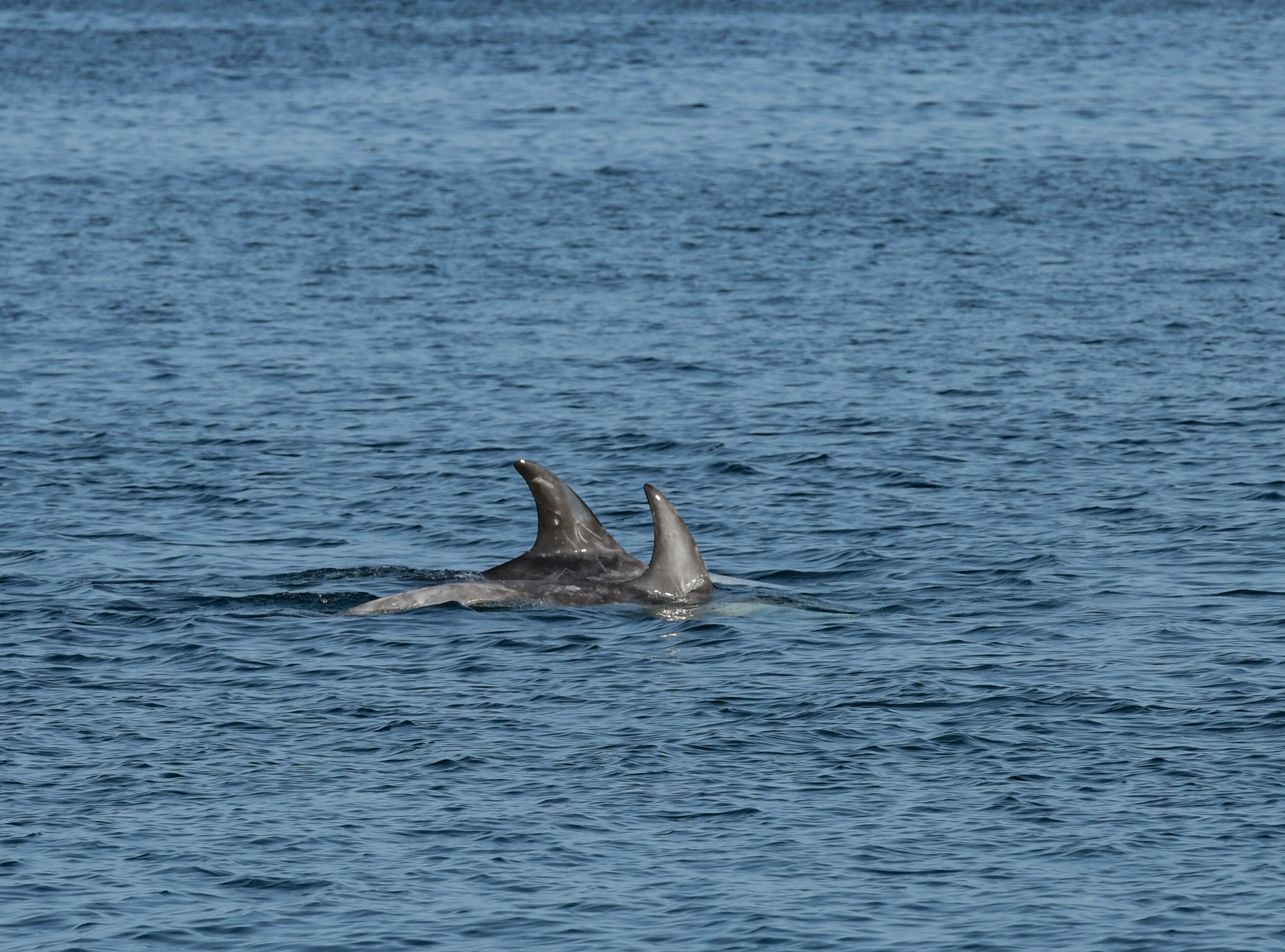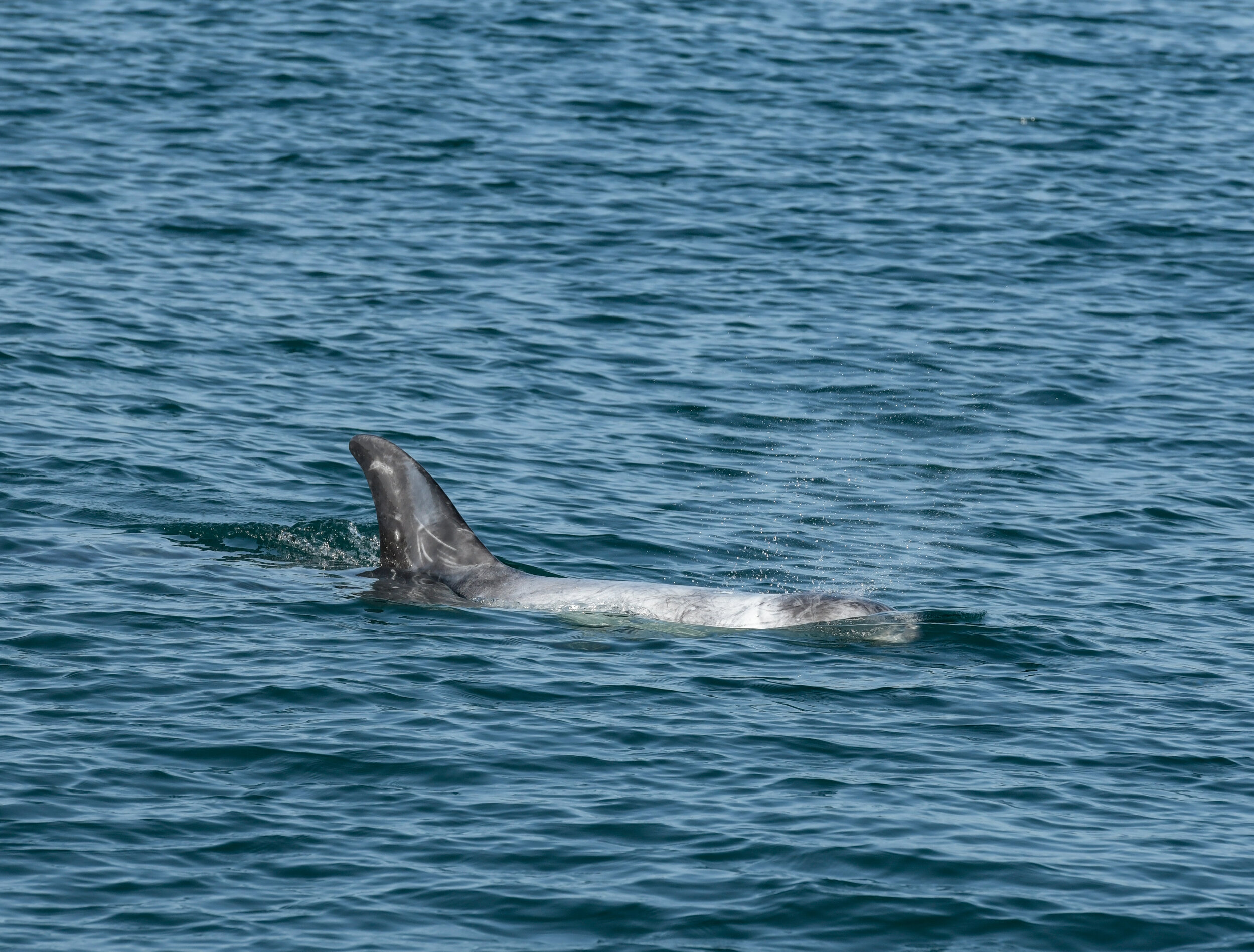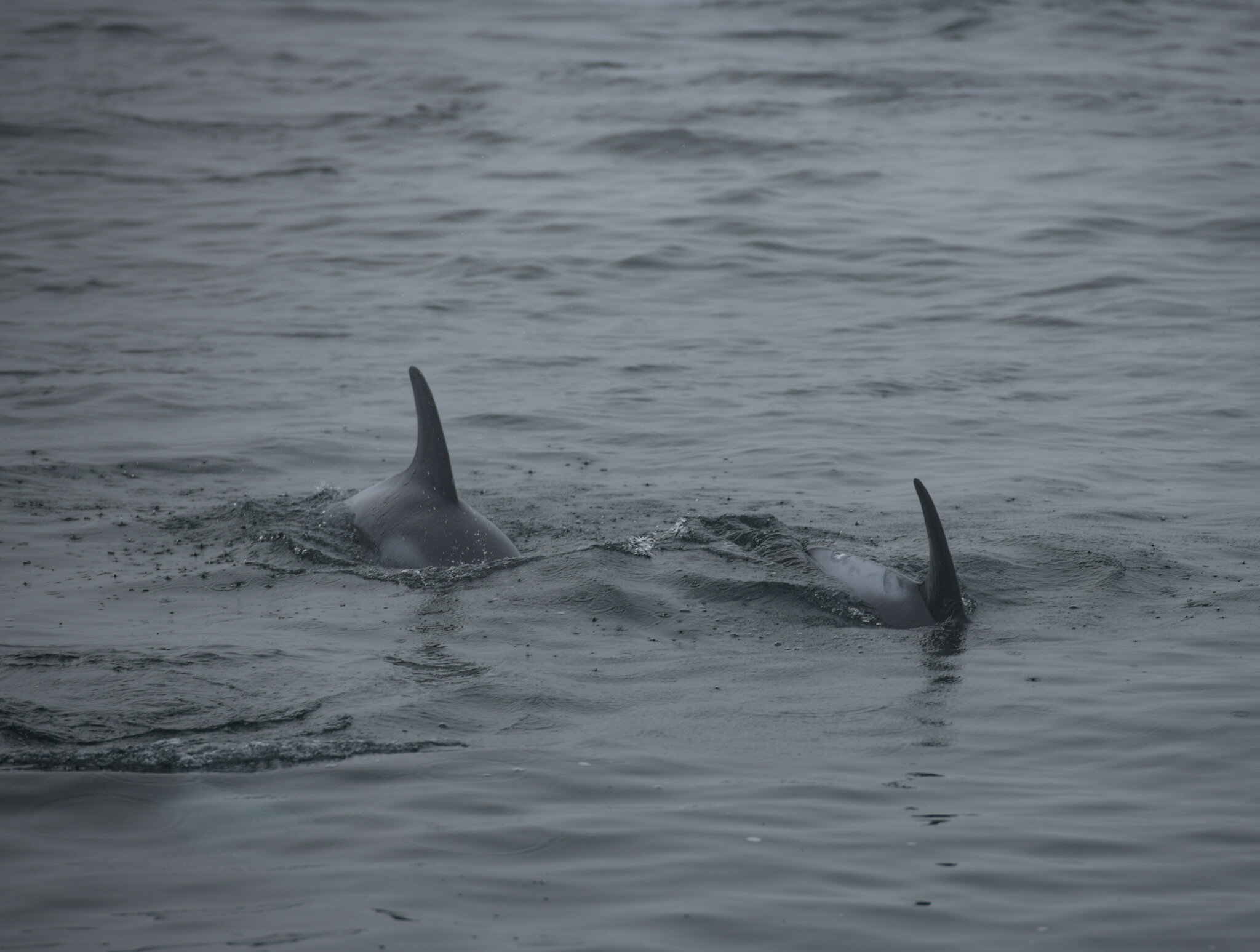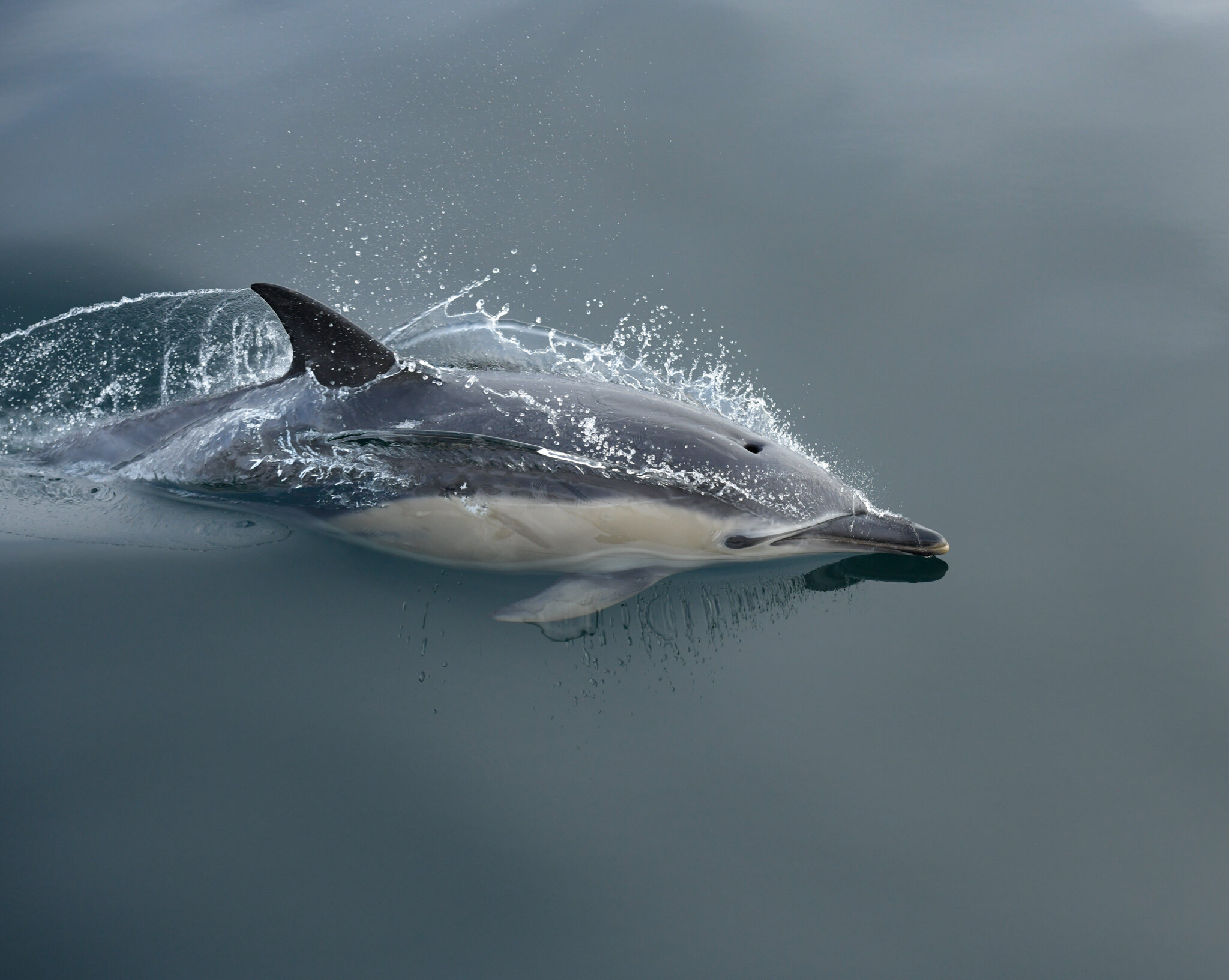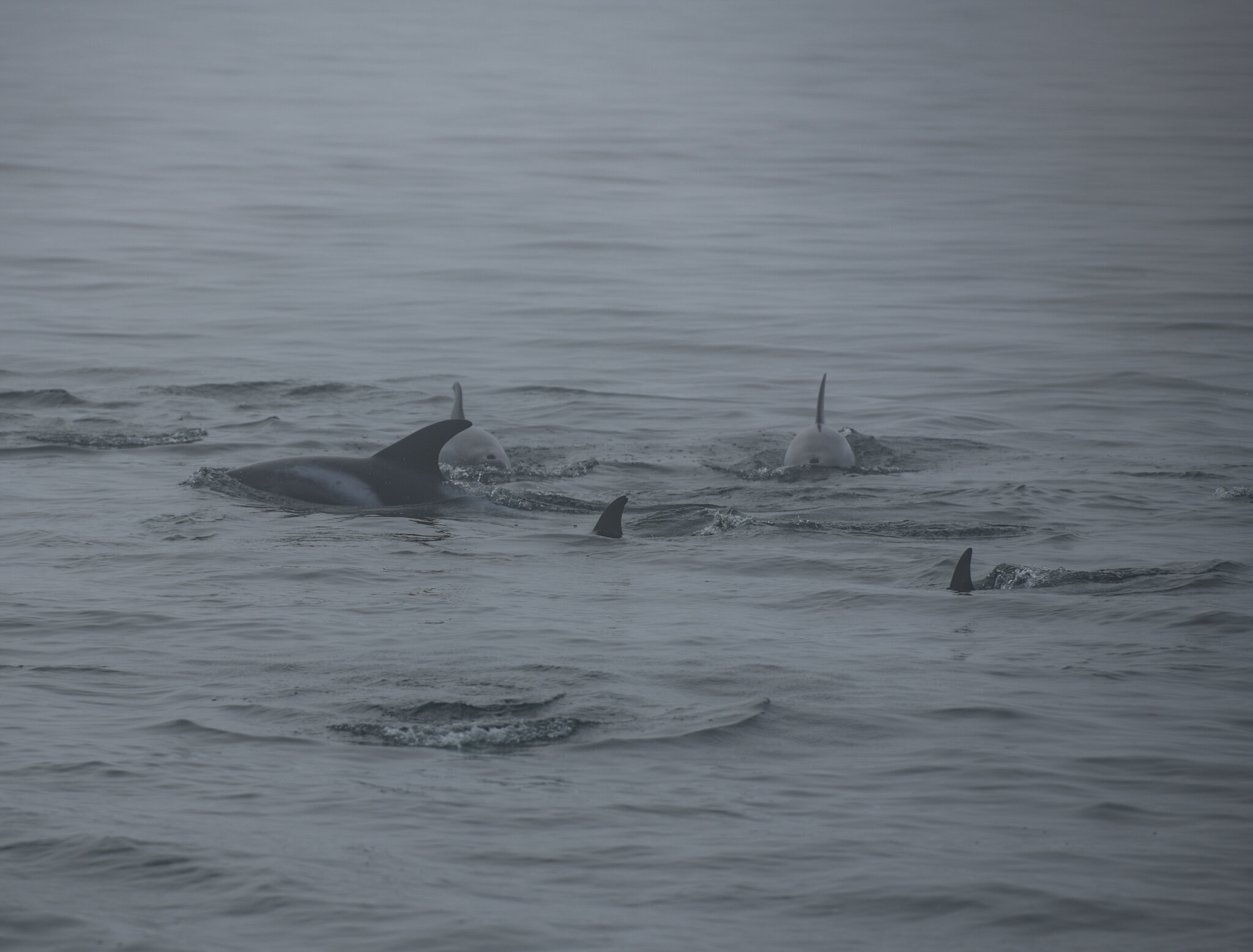Incredible biodiversity showcased on our latest acoustic survey
FIVE SPECIES OF CETACEANS WERE ENCOUNTERED ON OUR LASTEST ACOUSTIC SURVEYS IN SOME SPECTACULAR ENCOUNTERS; INCLUDING HARBOUR PORPOISE, MINKE WHALES, COMMON DOLPHINS, RISSO’S DOLPHINS, AND WHITE-BEAKED DOLPHINS!
Our ability to gather crucial scientific evidence has been hit hard by the global Covid-19 pandemic. For the first time since 2002 our research vessel, Silurian, has been unable to welcome volunteers on board. However, facing the biggest data gap in our history, we planned a series of acoustic surveys that we could safely run with just the crew on board. Whales, dolphins, and porpoises use sound to explore their world, communicate with one another, find prey, and navigate across oceans. On the surface, you only get brief glimpses of what is really happening. By listening to the underwater soundscape via our hydrophone (underwater microphone), we can see beneath the surface of the waves and gain real insight into their world.
Silurian set off on the 15th September for the third survey of the season, sailing around Ardnamurchan peninsula, the most westerly point on the British mainland. Wanting to cover the Northern parts of our survey area we continued north, surveying the waters to the east of the Isle of Skye, before exploring the Minch and anchoring in the summer isles. The next day the action really started! As we left our anchorage that morning, we were joined by a large group of common dolphins, who swam over to the boat with calves in tow! We continued to encounter group after group of common dolphins that morning, some swimming by in the distance, with others coming into bow ride. This was just the tip of the cetacean iceberg that day! Just before we reached Trumpian head on the Isle of Lewis we spotted a minke whale feeding amongst the birds. We then saw some large fins in the distance, swimming under Trumpian lighthouse. Through the binoculars, we could see the unmistakable white bodies of Risso’s dolphins as they swam back and forth beneath the waves. We realised that there were two separate groups in the area with over 25 individuals. We turned the engine off so that we could get a clear recording of their whistles and it was amazing to hear their blows as we floated along beside them. It was not the last time that we would encounter Risso’s dolphins either, as we had another magical encounter with them the next afternoon, this time it was a much smaller group of four individuals. This group swam slowly back and forth, floating on the surface before swimming over to us, giving us fantastic views of their unique scarring patterns.
The next morning we began to sail south. Spotting marine life became increasingly difficult, as we were surrounded by fog and could barely see 500 meters away. However, one of the main advantages to collecting acoustic data is that you are not prohibited by the weather, so we were able to continue collecting data throughout the day. The fog persisted the next morning as we sailed across the sea of the Hebrides. We still couldn’t see more than a few hundred meters ahead of us, but that didn’t matter, as that day the dolphins found us instead! Out of nowhere, common dolphins leapt out of the water right next to us, coming into bow ride at the front of the boat. More fins emerged in the distance, presumably some more commons to join in the fun. The size of the fins however made us take a closer look. They were much taller than the common dolphins! As the fins came closer and we saw the white saddle patch behind them, we realised that we were also in the presence of white-beaked dolphins and they joined the common dolphins on the bow. It was incredible to see the two species right next to each other and you could really appreciate the difference in size and patterning. It was like a real time ID masterclass!
The fog cleared up in the afternoon and we had a great sail past the small isles and back into more sheltered waters ready for an incoming storm. The next few days were spent surveying the southern parts of our survey area. We sailed down the sound of Mull, the sound of Jura, before heading back north through the sound of Islay and back up to Tobermory, enjoying spectacular scenery along the way!
In total, we covered 625 nautical miles (1159 kilometres) and collected over 100 hours of acoustic recordings!
Tracklines showing where Silurian travelled on our third acoustic survey
We also recorded five species of cetaceans, including harbour porpoise, minke whales, common dolphins, Risso’s dolphins and white-beaked dolphins, as well as grey and common seals! In total, we had over 76 sightings of over 740 individuals.



